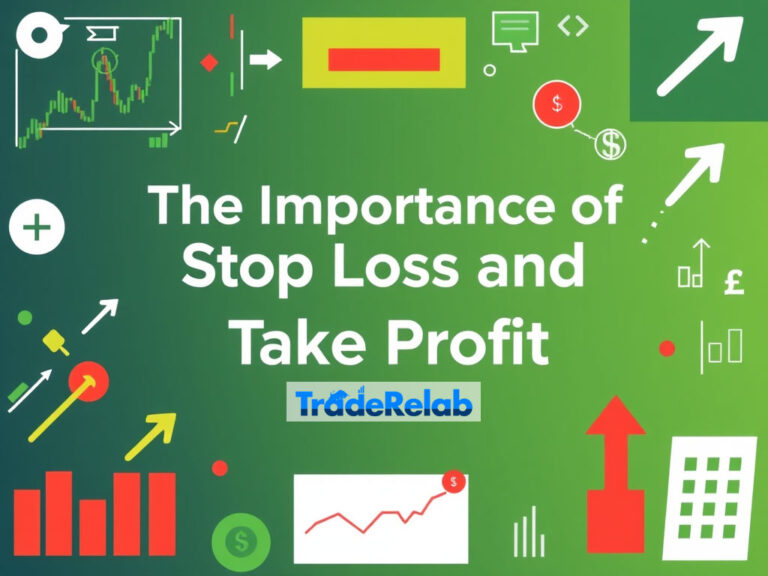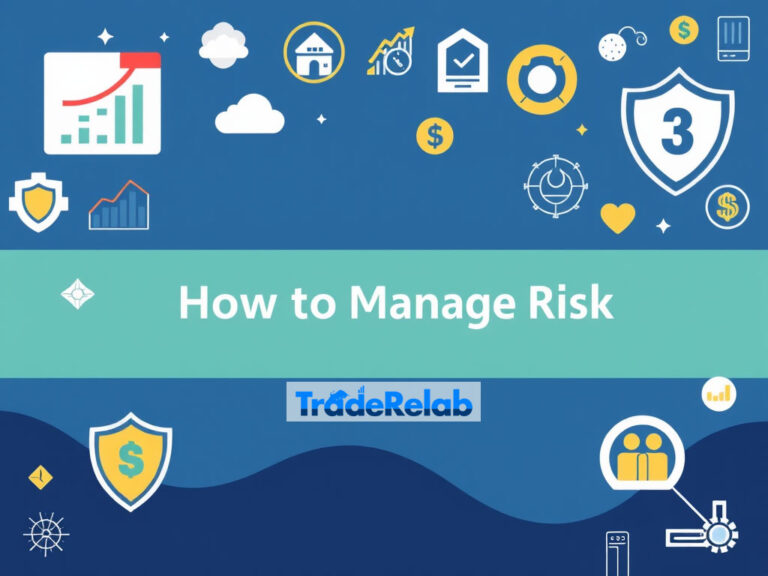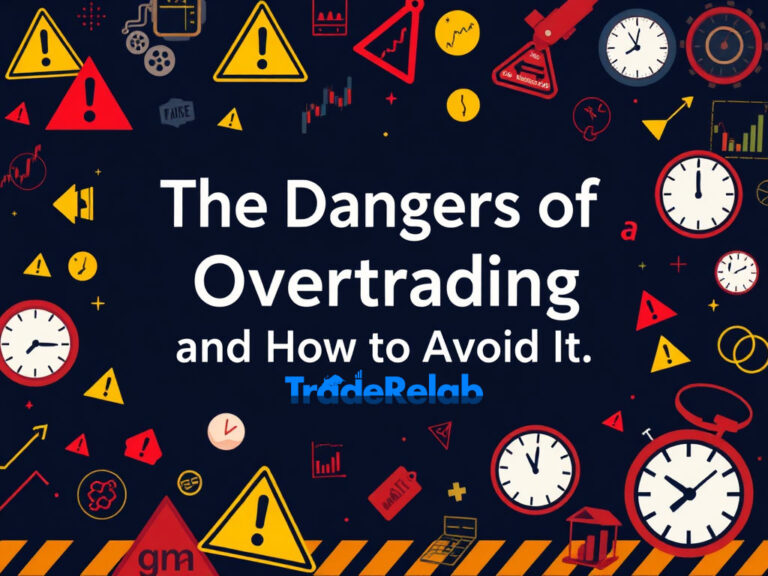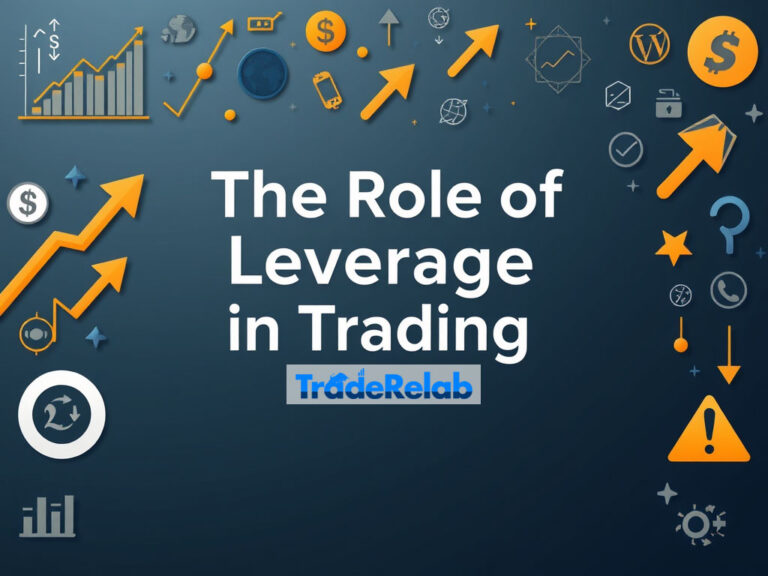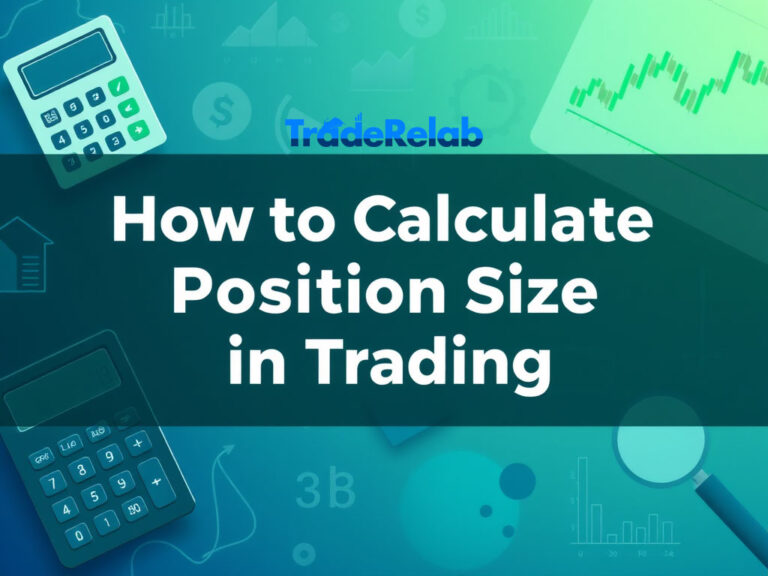Why Risk Management is the Key to Long-Term Success
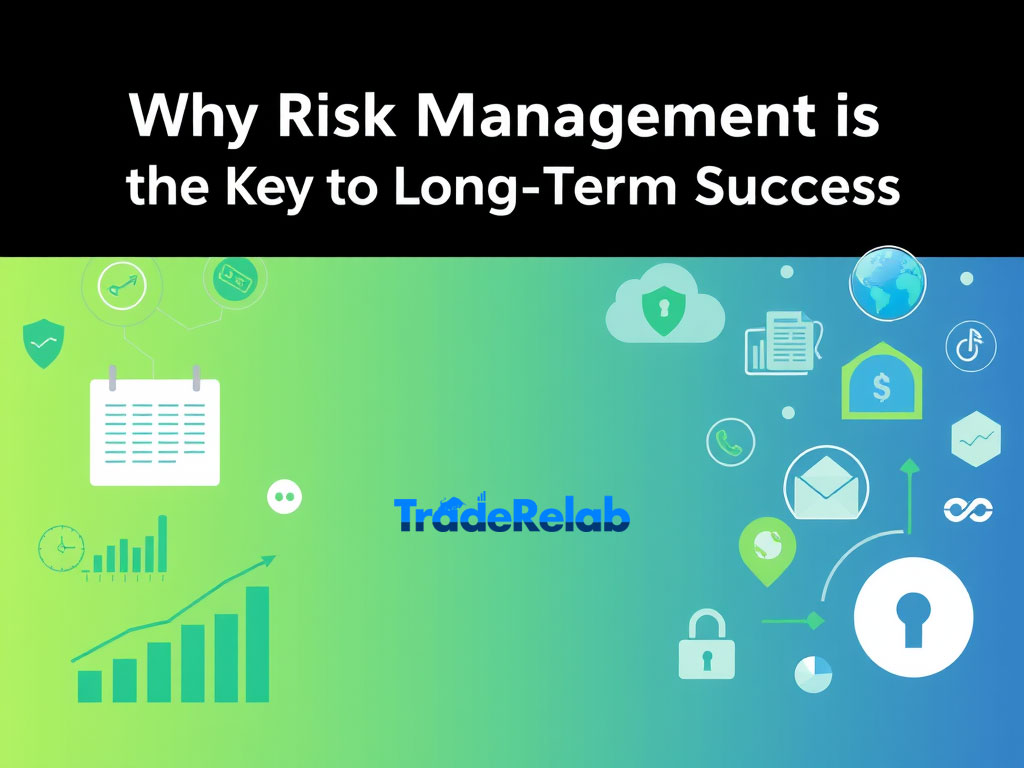
Risk management is often considered the cornerstone of successful trading and investing. While many traders and investors focus on finding the perfect strategy or the most promising asset, it is the ability to manage risk effectively that ultimately determines long-term success in the markets. Without proper risk management, even the best strategies can lead to significant losses, while an emphasis on controlling risk can provide consistent returns over time.
In this article, we’ll explore why risk management is essential for long-term success and how traders and investors can implement effective risk management techniques to safeguard their capital.

What is Risk Management?
Risk management refers to the process of identifying, assessing, and controlling potential risks that could negatively affect your trades or investments. It involves setting limits on the amount of money you are willing to lose on any given trade, ensuring that you have a plan to protect your capital and minimize losses.
Risk management is not about eliminating risk entirely (since all trading involves some level of risk), but rather about controlling it and ensuring that you are not exposed to excessive losses that could jeopardize your ability to continue trading.
Why is Risk Management Crucial for Long-Term Success?
- Protects Capital from Large Losses
The primary purpose of risk management is to protect your capital. Without a solid risk management plan, even a few large losses can wipe out a significant portion of your account balance, making it difficult to recover. By limiting the amount of money you risk on each trade, you ensure that a single loss will not have a devastating impact on your overall portfolio.
For example, if you risk 2% of your capital on each trade, you can withstand several losing trades without going bankrupt. On the other hand, if you risk 10% on each trade, even one bad trade could deplete a large portion of your account, putting you out of the game.
- Allows for Consistency in Performance
Trading and investing are not about hitting home runs on every trade but rather about being consistent over time. By implementing proper risk management techniques, you can maintain a steady approach to trading, ensuring that losses are kept small and manageable. This consistency is key to long-term success, as it prevents emotional decision-making and encourages disciplined trading.
Consistency also means that you can take advantage of compound growth over time. When you minimize the impact of losses, your capital has the chance to grow steadily, even in the face of market volatility.

- Reduces Emotional Stress
Risk management helps mitigate the emotional stress that often accompanies trading. Traders who do not manage risk effectively may experience fear and anxiety when faced with a losing trade. This emotional stress can lead to impulsive decisions, such as overtrading, revenge trading, or deviating from their strategy.
By setting predefined risk parameters—such as stop-loss orders or position size limits—traders can avoid these emotional pitfalls. When you know exactly how much you are willing to risk on each trade, it becomes easier to remain calm and stick to your plan.
- Enhances Long-Term Viability
Trading is not a sprint; it’s a marathon. Traders who focus on short-term gains and neglect risk management often burn out quickly due to large drawdowns and emotional exhaustion. On the other hand, those who prioritize risk management are more likely to stay in the game for the long haul, adapting to changing market conditions and refining their strategies along the way.
Effective risk management enables traders to preserve their capital over time, even in the face of market downturns. This long-term approach allows for continuous learning and improvement, ultimately leading to more sustainable profitability.
- Helps to Avoid Overtrading
Overtrading is a common problem among traders who are not practicing sound risk management. When traders risk too much on individual trades, they may feel the need to make up for their losses by taking more trades—often with larger position sizes—hoping to recover quickly. This cycle of overtrading can lead to even greater losses and increased exposure to risk.
By controlling the amount of capital you risk per trade, you reduce the temptation to overtrade and take unnecessary risks. This disciplined approach helps to maintain a more balanced, sustainable trading style.
- Enables Adaptability to Market Conditions
Markets are constantly changing. Trends, volatility, and market sentiment shift over time, which means that no single strategy will always work in every market condition. Risk management allows traders to adapt to these fluctuations by adjusting their position size, stop-loss levels, or trading frequency based on the current market environment.
For example, in a highly volatile market, you might decide to reduce your position size or widen your stop-loss to avoid being prematurely stopped out. On the other hand, in a trending market, you might increase your position size to take advantage of strong price moves. By managing risk, traders can adjust their strategies to fit the prevailing market conditions without putting their entire portfolio at risk.
Key Risk Management Techniques
There are several techniques traders can use to manage risk effectively:
- Position Sizing: This is the process of determining how much capital to allocate to a single trade. A common rule is to risk no more than 1-2% of your account on each trade. The size of your position should be based on the amount of risk you are willing to take and the distance between your entry point and stop-loss.
- Stop-Loss Orders: A stop-loss is a predetermined price level at which you will exit a trade if the market moves against you. Setting stop-loss orders helps to limit your losses and prevent emotional decision-making when the market is volatile.
- Risk-to-Reward Ratio: The risk-to-reward ratio is a measure of how much you are willing to risk in order to achieve a potential reward. For example, if you are risking 50 pips on a trade, you might set a target to make 150 pips, resulting in a 1:3 risk-to-reward ratio. Maintaining a positive risk-to-reward ratio is essential for long-term profitability.
- Diversification: Diversification involves spreading your investments across different assets, sectors, or markets to reduce the impact of a loss in any single position. By diversifying your portfolio, you reduce the risk that a single asset or market downturn will significantly affect your overall capital.
- Risk-Adjusted Returns: Instead of focusing solely on maximizing profits, traders should also consider the risk involved in each trade. Risk-adjusted return metrics, such as the Sharpe ratio, help assess the return per unit of risk taken, allowing traders to compare strategies and investments based on their risk profiles.
- Trailing Stop Orders: A trailing stop is a dynamic stop-loss order that adjusts as the market moves in your favor. This allows you to lock in profits as the trade progresses while still giving the position room to grow. Trailing stops help protect profits without prematurely closing a position.
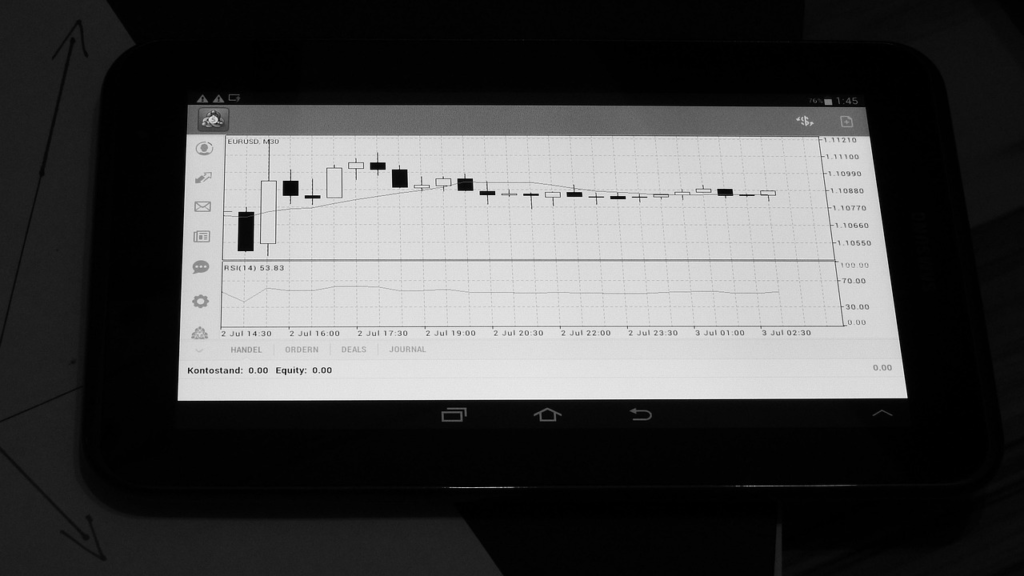
Conclusion
Risk management is the key to long-term success in trading. While finding profitable strategies and good trade setups is important, it’s risk management that separates successful traders from those who struggle. By implementing proper risk management techniques, you can protect your capital, maintain consistency, and reduce emotional stress, all while adapting to changing market conditions.
Remember, no one can predict the markets with 100% accuracy, and losses are inevitable. The key is to ensure that these losses are manageable and that your account remains intact over time. By focusing on risk management, you are laying the foundation for a sustainable and successful trading career.
FAQ
1. How much should I risk per trade? Most professional traders recommend risking no more than 1-2% of your account balance on each trade. This allows you to withstand several losing trades without significant damage to your capital.
2. Can I avoid losses entirely through risk management? No, risk management cannot eliminate losses, but it can help you minimize them and prevent large losses from destroying your account. The goal is to keep losses small and manageable.
3. What’s the difference between a stop-loss and a trailing stop? A stop-loss is a fixed order that closes your trade if the market reaches a certain price, while a trailing stop follows the market as it moves in your favor, locking in profits as the trade progresses.
4. How can diversification help with risk management? Diversification spreads your investments across different assets or markets, reducing the risk of a single asset’s poor performance affecting your overall portfolio.
5. How can I calculate my risk-to-reward ratio? The risk-to-reward ratio is calculated by comparing the amount you are willing to lose (risk) to the amount you aim to gain (reward). For example, if your stop-loss is 50 pips and your target is 150 pips, your risk-to-reward ratio is 1:3.

